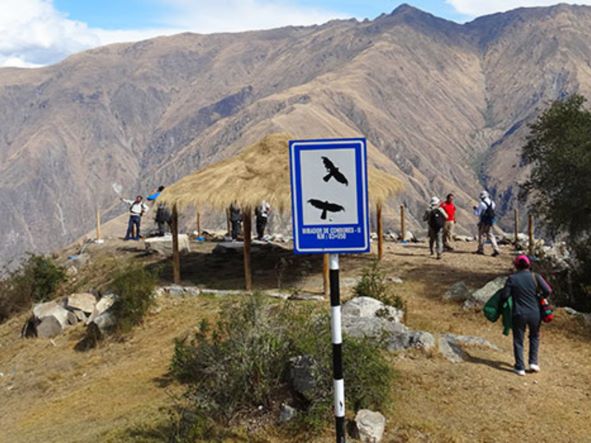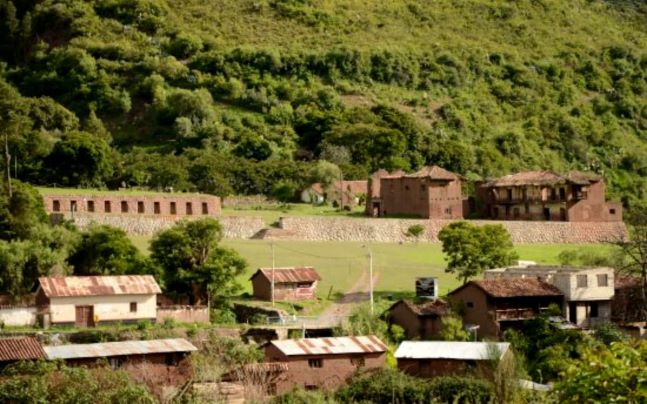The district of Limatambo is one of the 9 districts of the province of Anta, located in the department of Cusco, under the administration of the regional government of Cuzco, in Peru.
From the point of view of the ecclesiastical hierarchy, it is included in the Archdiocese of Cusco.


History of Limatambo in Perú
Officially, the district of Limatambo was created on June 21, 1825 by decree issued by the Liberator Simón Bolívar.
During the government of the mayor Ing. Herben Rivera Alvarez, the recognition by resolution of the Political Creation of the District of Limatambo, Anta Province, Cusco Region before the Congress of the Republic was managed.
Geography of Limatambo in Cusco
The capital is the town of Limatambo in Perú, located at 2,557 meters above sea level. The district is bordering the department of Apurímac.
Tourist attractions of Limatambo in Perú
One of the attractions of this district are the ruins of Tarawasi, located a few kilometers from the town of the same name.
Limatambo in Cusco is a place of passage and connection with the Mollepata farm, located in the upper part, starting point of the Salkantay Trek that, after passing through the Salkantay snow, travels a long descent that crosses the puna, Andean mountains, forests dwarfs and jungle eyebrow, until reaching the high jungle of Santa Teresa.
A less demanding route than others offered in Cusco and that can be done in camps or lodges. An experience in which you live a great diversity of ecological floors.
Mollepata is one of the many farms that exist in this valley and that borders Apurímac. In Limatambo there is another, surrounded by vegetation and with four huge palm trees in each corner, the Sondor, forming another unique image.
The thing about the palm trees is a tradition that comes with the Spanish landowners, who in turn collected it from the Arabs, being an indication, in the immensity of the mountains, of an inhabited place, a kind of oasis on the road.
The Sondor hacienda draws attention from Tarawasi due to the colors of its walls and the huge glass windows that form the main façade, causing light reflections among the exuberant vegetation.
Tarawasi is a rare archaeological site. An Inca place, just 100 meters from the main road, made up of terraces, stairs, water channels and polished stone walls perfectly embedded one with another with flower designs. One of the walls supports an imposing two-story adobe and tile hacienda, creating a somewhat surreal image of syncretism.
The Moon and the Petroglyphs
In the direction of Cusco, half an hour from Limatambo in Cusco is a place that I think must be unique in Peru: Quillarumiyoc, the temple dedicated to Quilla, the Moon. After climbing about 4 kilometers along a dirt road, which begins in Ancahuasi, 46 kilometers from the imperial city, you will reach an esplanade next to a hill and a cave with petroglyphs inside, from where you can see the immense valley and the pampas of Anta, the great granary of Cusco.
In the most hidden wall, with its back to everything, a gigantic rock has a semicircle crowned by rectangles engraved. The site is more than three thousand years old and is a meeting point for mystical groups that gather to perform ceremonies to the Moon and the feminine divinity, and to make payments to the earth in the cave of the petroglyphs.










